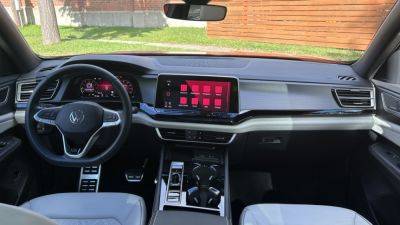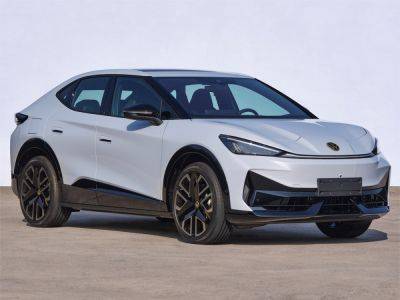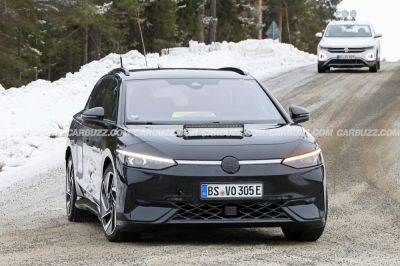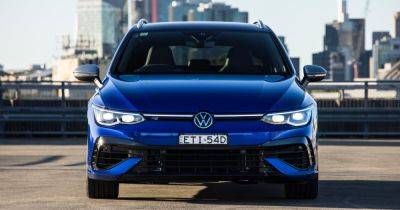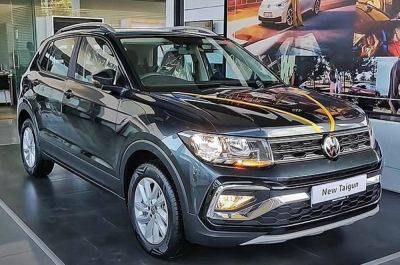2024 Volkswagen ID.4 Is Not a Facelift, but It Is Better Throughout
- Volkswagen stops short of a facelift on the ID.4, but gives it a new rear motor and a new user interface on models with the 82-kWh battery.
- The exterior remains the same.
- Prices start at $41,160 for the entry-level 62-kWh battery model, while the fancier sibling with the bigger battery can be bought for $46,300 and up, both including destination.
For most cars, trucks and SUVs, three years on the market warrants at least a new set of headlights, a new grille, and maybe a trim around the taillights and a keister tuck. Not the Volkswagen ID.4. From the outside it looks exactly the same as it ever did. Under the skin and inside are where all the changes take place.
The 2024 model gets one new electric motor on its higher-priced variant—the one motor on the back axle in the 82-kWh model—and a new user interface on a new screen on the same 82-kWh model. The entry-level ID.4, meanwhile, with just 62 kWh of lithium-ion, carries on, its biggest attribute being that it costs a lot less with a smaller battery.
How much less? The smaller-batteried ID.4 base model starts at $41,160 with destination. The 82-kWh ID.4, the one that gets all the improvements, starts at $46,300, including destination.
In addition to the new rear motor, the 82-kWh models get a more efficient and easier-to-use interface within a new 12.9-inch touchscreen infotainment display with backlit sliders.
Let’s have a look at that new rear electric motor. How did they make it better?
“Volkswagen uses a complex piece of technology known as a hairpin winding: The stator’s coils are made from square copper wires, which after bending, are visually similar to hairpins,” VW explains. “This hairpin winding technique enables the wires to be packed more tightly. As a result, there is more copper in the stator—power and torque are increased, while cooling is more efficient.”
Sure, other manufacturers have been using square cross-section copper wires for years, decades, even, at least in alternators, but it’s good to see VW using the technology. Further, for you electrical engineers:
“The increased power and efficiency of the electric motor in the ID.4 are the result of details such as: a rotor with strong


